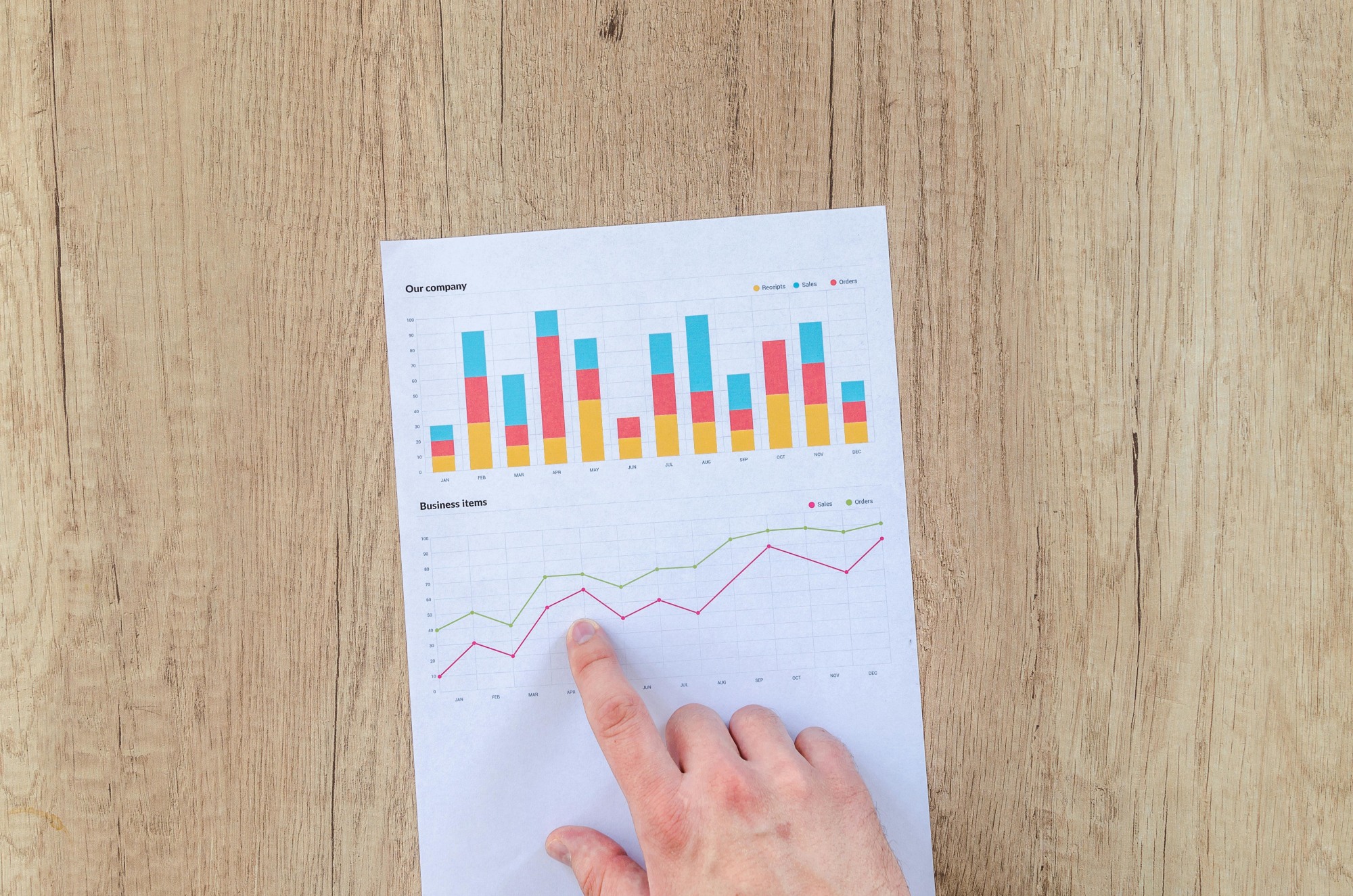Invest
3 lessons for retirees feeling let down by flat super results
With Australia’s biggest super fund confirming they’ll be ending the 2020 year flat, many retirees are questioning their ability to ride out waves of uncertainty sweeping markets this year, writes Leonie di Lorenzo.
3 lessons for retirees feeling let down by flat super results
With Australia’s biggest super fund confirming they’ll be ending the 2020 year flat, many retirees are questioning their ability to ride out waves of uncertainty sweeping markets this year, writes Leonie di Lorenzo.

Despite recent rallies, volatility continues to act as a disruptive element. Fueled by fresh outbreaks in COVID-19 cases in Victoria, higher than expected May unemployment figures, and the looming end to government stimulus packages in September, hopes of a steady economic recovery are looking less and less likely.
Many investors, particularly those retirees whose superannuation portfolios are supporting their living expenses, are realising the strategies that served them well in the past are just not working anymore.
Australian equities, particularly bank shares, are no longer reliable sources of income, and interest rates will continue at all-time lows for the foreseeable future. What, then, are lessons retirees should heed in the coming months?
- Don’t try and time the market
In the hunt for yield, it can be tempting to try and time the market, but this is a risky strategy as no one knows for certain the best time to buy or sell.

Markets perform well when key indicators behind economic growth are strong. But when those foundations are rocked, things can get a bit scary, and that’s where we are now. Since the start of the year Australia’s economy has been hammered by a series of events, including horrific bushfires, the ongoing impact of COVID-19 and falling interest rates.
The swiftness with which these events occurred took economists by surprise, and on March 8 culminated in Australia’s worst day of trade since the global financial crisis. Investors selling into the market were panicking, which is never a good time to make investment decisions.
Not surprisingly, the following days and weeks have seen the market rally as investors take advantage of what are perceived to be low share prices.
But for retirees who converted their superannuation portfolios to cash during this time, they’ve locked in those losses and have missed out on some of this market recovery. This will have a long lasting impact on their retirement balances and income.
A question you can ask yourself is: Do you feel any pressure to try and time the market? The answer should be ‘no’. Your portfolio can be designed with ‘shock absorbers’ to help you ride out volatility, so that you are not feeling constantly under pressure to act each time the market shifts substantially.
It’s an important portfolio design feature, because in recent years volatility has been a constant part of the investment landscape, and there is no indication that is going to change in the foreseeable future.
It means we live and invest in a higher risk environment, and that change needs to be in our thinking.
- Stress test your portfolio
When building a portfolio, investors shouldn’t just think about returns. A major consideration is the ability for their portfolio to withstand unexpected impacts. There are many examples of market moving events over the past decade and each has one thing in common – unpredictability.
In order to be able to comfortably withstand and ride out market volatility, it’s important to understand how your superannuation portfolio will perform during times of uncertainty. The key to understanding this is first knowing what your superannuation is invested in.
Many superannuation funds will offer a choice of default portfolio options based on a member’s risk profile, with more and more superannuation funds offering members the option to be able to tailor their investment choices and portfolios.
For those that have taken control and moved their superannuation money into a self-managed superannuation fund, they have the most flexibility when it comes to their superannuation investments.
Whether you’re in a retail, industry or self-managed superannuation fund, take the time to check your asset mix. A diversified portfolio provides the greatest protection in times of extreme volatility.
For example, a portfolio with higher exposure to equities will experience greater volatility and potential losses during times of market uncertainty. Whereas a portfolio combining equities and fixed income such as corporate bonds, can reduce volatility without overly hindering performance.
Research conducted by Vanguard in August 2019 showed that a portfolio invested 100 per cent in equities generated an annualised average return of 10.5 per cent over 80 years, but lost more than 40 per cent in its worst year. In contrast, a portfolio divided evenly between equities and bonds returned 8.3 per cent on average per year, but only lost about 20 per cent in its worst year.
At Citi, we’ve noticed an increase in retirees wanting to improve their exposure to fixed income for this reason. Not only can fixed income reduce volatility in a portfolio, it is a reliable source of income – something that many retirees are searching for in the current market.
- Take advantage of government stimulus
When an individual is receiving a pension from their superannuation fund, they are required to take a minimum payment each financial year. This starts at 4 per cent of their superannuation balance for those under 65 and increases steadily to 14 per cent by the time an individual reaches 95 years of age.
One of the measures introduced by the government to alleviate the pressure on retirees’ pension balances, was a temporary halving of the pension minimums for the 2019-20 and 2020-21 financial years.
This measure creates an opportunity for those retirees who may not need the full amount of their pension payment.
While many rely on this income to fund their day-to-day living expenses, for those that don’t, there is the option to reduce their minimum pension payment by up to half.
Reducing your minimum means that the superannuation fund may not need to sell down investments at a lower price in order to fund the full pension payment, giving the investments more time in the market to recover from recent market downturns over the coming months and years.
While this is only a temporary measure, with current economic conditions presenting many challenges, it’s important for retirees to take advantage of all opportunities available to them.
Leonie di Lorenzo is a technical specialist at Citi.

Investment insights
Global investment giant tips market resilience and rate cuts to continue in 2025
State Street Global Advisors has predicted ongoing interest rate cuts and economic resilience for 2025, with its forecast of a US soft landing expected to materialise. Read more

Investment insights
UK pension funds and insurers plan significant investments in renewable energy
A new survey by AlphaReal reveals that UK pension funds and insurers are looking to increase their investments across a range of renewable energy technologies over the next five years. Read more

Investment insights
Morgan Stanley executive touts benefits of long-term equity investing
Investing in high-quality companies with sustainable returns can lead to strong long-term performance, according to a senior Morgan Stanley executive. Read more

Investment insights
Diversification key to managing political risks in global markets, says deVere CEO
Political uncertainties in Europe, the UK, and the US are driving market dynamics, making diversification crucial for investors, according to Nigel Green, CEO of deVere Group. Read more

Investment insights
Diversify AI investments beyond Nvidia for long-term wealth, says deVere Group CEO
Investors should look beyond AI giants like Nvidia and diversify their investments across the wider AI ecosystem to build long-term wealth, according to Nigel Green, CEO of financial advisory and ...Read more

Investment insights
Disappointment over Apple's AI plans and political uncertainty in France weigh on markets
Investors were left unimpressed by Apple's revelations about its artificial intelligence (AI) plans at the company's Worldwide Developer Conference yesterday. Despite details about a partnership with ...Read more

Investment insights
The future of investment: Trends shaping Australia in 2024
As we look towards 2024, the Australian investment landscape is poised to undergo significant transformations driven by technological advancements, economic shifts, and evolving consumer behaviorsRead more

Investment insights
Market rally faces next test as Nvidia earnings loom amid inflation debate
Equity markets around the world celebrated last week after softer-than-expected US inflation data fueled hopes of interest rate cuts, but questions remain over whether the rally can be sustained as ...Read more

Investment insights
Global investment giant tips market resilience and rate cuts to continue in 2025
State Street Global Advisors has predicted ongoing interest rate cuts and economic resilience for 2025, with its forecast of a US soft landing expected to materialise. Read more

Investment insights
UK pension funds and insurers plan significant investments in renewable energy
A new survey by AlphaReal reveals that UK pension funds and insurers are looking to increase their investments across a range of renewable energy technologies over the next five years. Read more

Investment insights
Morgan Stanley executive touts benefits of long-term equity investing
Investing in high-quality companies with sustainable returns can lead to strong long-term performance, according to a senior Morgan Stanley executive. Read more

Investment insights
Diversification key to managing political risks in global markets, says deVere CEO
Political uncertainties in Europe, the UK, and the US are driving market dynamics, making diversification crucial for investors, according to Nigel Green, CEO of deVere Group. Read more

Investment insights
Diversify AI investments beyond Nvidia for long-term wealth, says deVere Group CEO
Investors should look beyond AI giants like Nvidia and diversify their investments across the wider AI ecosystem to build long-term wealth, according to Nigel Green, CEO of financial advisory and ...Read more

Investment insights
Disappointment over Apple's AI plans and political uncertainty in France weigh on markets
Investors were left unimpressed by Apple's revelations about its artificial intelligence (AI) plans at the company's Worldwide Developer Conference yesterday. Despite details about a partnership with ...Read more

Investment insights
The future of investment: Trends shaping Australia in 2024
As we look towards 2024, the Australian investment landscape is poised to undergo significant transformations driven by technological advancements, economic shifts, and evolving consumer behaviorsRead more

Investment insights
Market rally faces next test as Nvidia earnings loom amid inflation debate
Equity markets around the world celebrated last week after softer-than-expected US inflation data fueled hopes of interest rate cuts, but questions remain over whether the rally can be sustained as ...Read more








